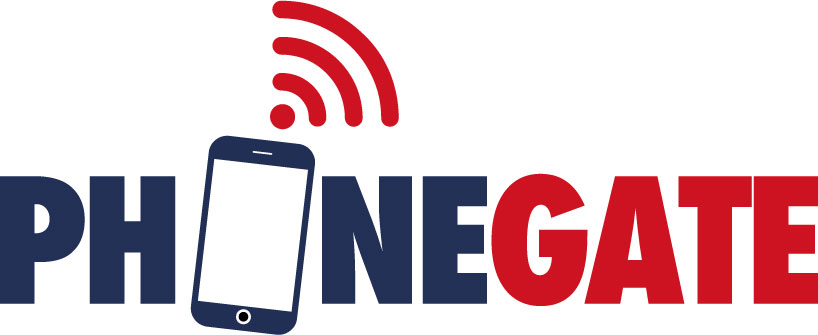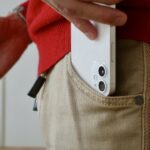A new step was taken on January 23, 2023 regarding the class action lawsuit filed in the United States against Apple. The plaintiffs, alleging that the brand’s iPhones exceed regulatory Specific Absorption Rate (SAR) limitations in real-world use, filed suit with the Supreme Court, the nation’s highest court.
This new action follows the August 26, 2022 judgement, which we have previously documented, which ruled that federal regulations setting permitted emission levels prevailed over state law. The verdict, which elicited many reactions of indignation, is as follows:
“We hold […] that the FCC’s regulations of the [radiofrequency] radiation of cell phones, promulgated under the 1934 Act, preempt plaintiffs’ state-law claims as they are presented to us on appeal.”
The case brought to the Supreme Court
If the Californian firm was thus exonerated, the case was not going to stop there. As Lawyer Elizabeth Fegan, of the firm Fegan Scott, had then mentioned, the option chosen by the dismissed plaintiffs was that of filing an application for leave to appeal to the Supreme Court of the United States. The responsibility now lies with the highest court in the country, as recalled by the Bloomberg Law website, whose decision will be decisive in the legal battle for the protection of the health of mobile phone users.
Apple chooses not to respond
According to Law Street magazine and the article published on January 28, 2023, the Californian giant would have made the strategic choice not to respond to the brief filed by the plaintiffs’ lawyers:
“Apple has decided not to file a responsive brief in the radiofrequency (RF) radiation case filed by iPhone users who claim that Apple breached state tort and consumer-fraud laws by misrepresenting and failing to disclose the amount of RF radiation emitted by its smartphones.”
The Phonegate legal battle in the USA
This new legal battle follows many others, carried out in recent years on American territory. In August 2019, after the revelations of the Phonegate scandal in France by doctor Marc Arazi, a Chicago Tribune investigation by journalist and Pulitzer Prize winner Sam Roe revealed emission monitoring results from several mobile phones exceeding, and from far, regulatory levels. Test results conducted at a Federal Communications Commission (FCC) accredited laboratory under similar conditions.
Following the publication, a first class action lawsuit was filed against Apple in the U.S. District Court for the Northern District of California in San Jose (Case No. 5:19-cv-05322) by the law firm Fegan Scott LLP. All 11 plaintiffs reported that the emission levels from their iPhones exceeded regulatory limits, putting them at increased risk of health problems.
On September 10, 2019, a new class action lawsuit was filed, again against Apple, filed by Andrus Anderson LLP in the U.S. District Court for the Northern District of California in San Francisco, representing 16 plaintiffs (Case No. 3:19-cv – 05707).
For Dr. Marc Arazi, author of the book Phonegate, who has just published the English version to raise awareness of this industrial issue in North America:
“During a meeting organized on January 31, 2023, by lawyer Elizabeth Fegan who is carrying this case with determination and lawyer Matthew Wessler in charge of the brief presented to the Supreme Court, we were able to appreciate the awareness and the mobilization of all participants. . We want to thank the plaintiffs, lawyers and the many American organizations that support them in leading this new public health fight.”
On the same subject :





